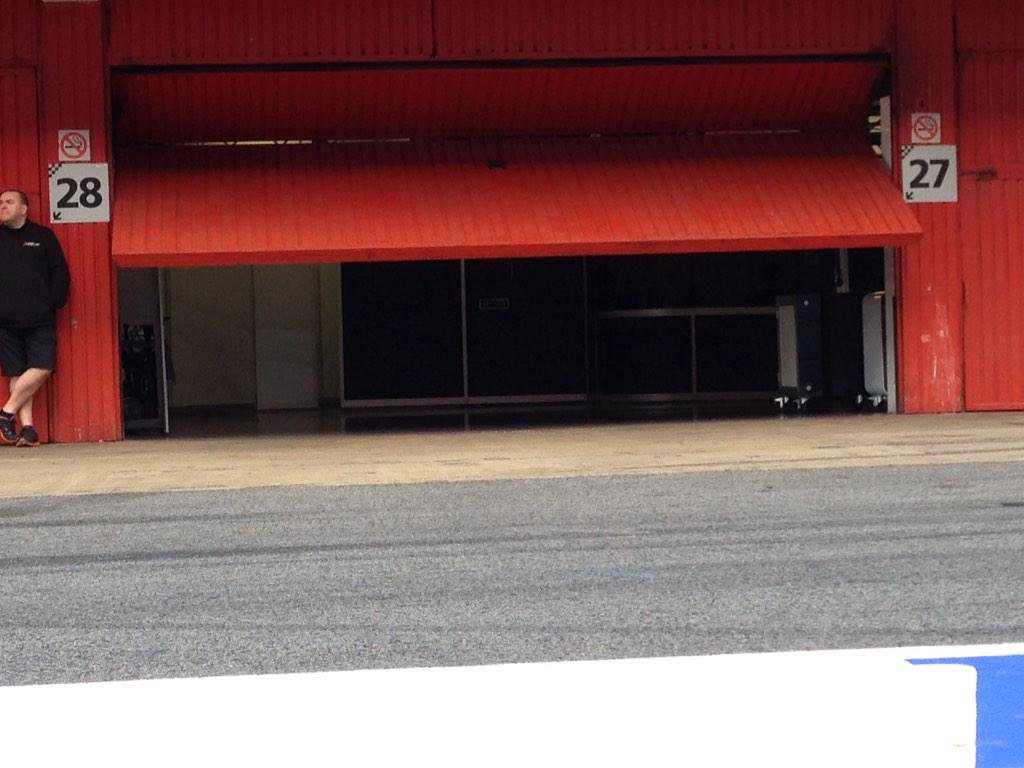Gil de Ferran has advised Fernando Alonso not to return too soon.
http://www.bbc.com/sport/0/formula1/31627619
Dennis: "Alonso lost consciousness" [during or after the incident?]:
http://www.crash.net/f1/news/215067...-consciousness-but-is-physically-perfect.html
http://www.carpoint.com.au/news/201...fRGF0ZVRpbWUlN0MxJk49Mjk4MSs0Mjk0OTY3Mjc5KzQy
The world governing body of motorsport is to probe the mysterious crash that put Formula One superstar Fernando Alonso in hospital for three days and has ruled him out of the final test before the season-opening Australian Grand Prix in two weeks.
Speculation has been rife in F1 circles that Alonso may have suffered an electric shock and been unconscious before the new Honda-powered McLaren MP4-30 crashed at Barcelona’s Circuit de Catalunya on Sunday.
However, McLaren has denied that, claiming the 33-year-old dual world champion was applying full brake pressure and changing down gears trying to slow the car “right up to the moment of impact”.
“No electrical discharge or irregularity of any kind occurred in the car’s ERS (energy recovery system), either before, during or after the incident,” McLaren said.
Sebastian Vettel, who has replaced Alonso at Ferrari this season, was following Alonso at the time and said he was not going very fast, perhaps about 150km where normally an F1 car might do 240kmh, and that the crash was “strange”.
McLaren said the talk that Alonso was unconscious before the crash because of an electrical fault was “simply not true”. It blamed a freak gust of wind for causing the crash.
The Federation Internationale de l’Automobile (FIA) which governs world motorsport does not automatically review crashes in F1 testing but has chosen to investigate Alonso’s after he spent three nights in hospital with what was said to have been only concussion and then was ruled out of driving the MP4-30 this week.
“We will be looking very carefully at what happened,” an FIA spokesman said.
“We want to know what took place, so we will be gathering all the information that we can.”
Alonso’s manager, Luis Garcia Abad, posted a photo of a smiling Alonso sitting up in bed on Monday and said that there was no cause for concern about his condition.
McLaren racing director Eric Boullier had said the crash was “just one of those things that happens in testing”.
However, Autosport’s GP editor Jonathan Noble has written that “uncertainty has been exacerbated by McLaren not making public data about the speed of what is believed to be two impacts with the wall, nor of the G-forces that Alonso experienced”.




 )
)

